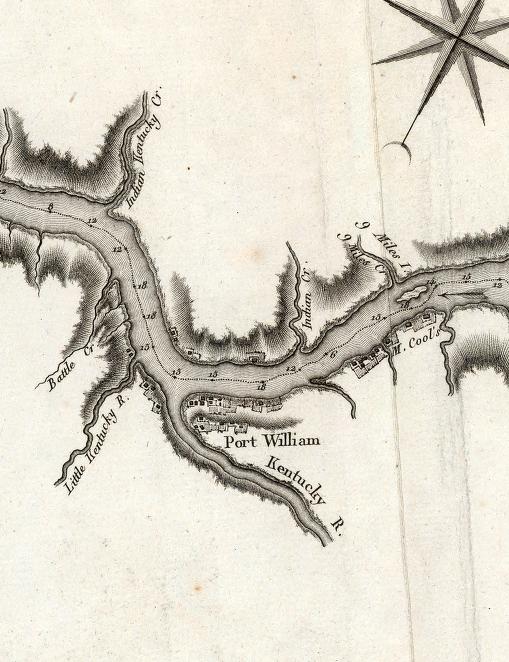The cog system that enabled railroad cars to climb the long inclined plane of the Madison & Indianapolis Railroad was a very good idea.
It was so good that a Dupont resident, William Hoyt, and the railroad company fought for years over who invented the system and had the rights to its patent. Hoyt received the first patent in 1849. But the patent office overturned the grant and awarded it to Andrew Cathcart, a Scottish machinist who was still working for the M&I.
While most histories credit Cathcart with the invention, Hoyt claimed he invented it in 1840 and that Cathcart stole the design after seeing it 1844.
The battle really pitted Hoyt against John Brough, the hardworking and arrogant president of the M&I whose name lives on in Brough’s Folly, the uncompleted tunnel in what is now
Hoyt pictured his opposition as using unfair tactics. When witnesses gave depositions, all those testifying for Cathcart were railroad employees who gave their statement in the company offices in front of Brough, along with lawyers Michael Bright and Joseph G. Marshall, who were railroad directors. Hoyt tried to get the lawyers to testify, claiming they were acting for Cathcart. But Bright and Marshall said they represented the company. Hoyt also alleged that all witnesses met beforehand in private in William Jackson, the railroad’s secretary, or with “the Old Fox himself” [Brough] in the company anterooms.
The most serious charge was that in January 1850, Brough advertised in an
All of these charges were spelled out in a pamphlet called “Vindication” that Hoyt published in 1850 in support of his version of events.
Money was at stake. Hoyt alleged that the railroad company agreed to pay $1,000 a year, plus a $6,000 payment in 1853, if the experiment were success if Cathcart received the patent, which would then be transferred to the company. The company feared if Hoyt won, he would seek damages, the inventor said
Whoever was right, the Scientific American of June 12, 1858, reported the railroad “compromised the dispute by paying him [Hoyt} a handsome sum.” Handsome or not, other sources reported the amount as $1,000, not bad for the era.

